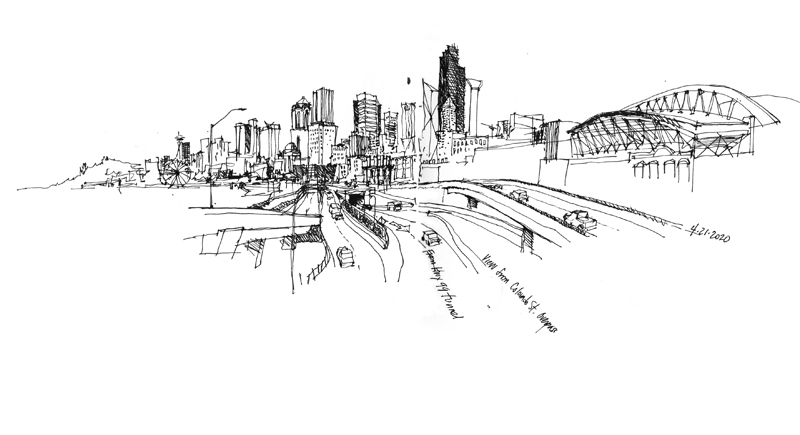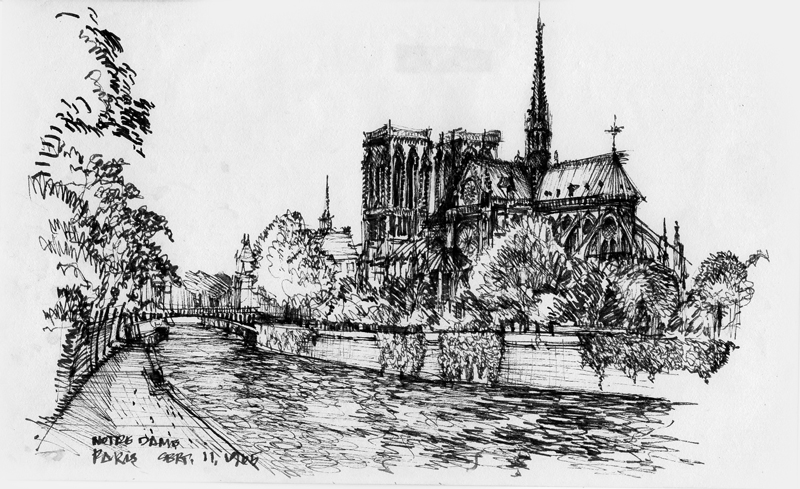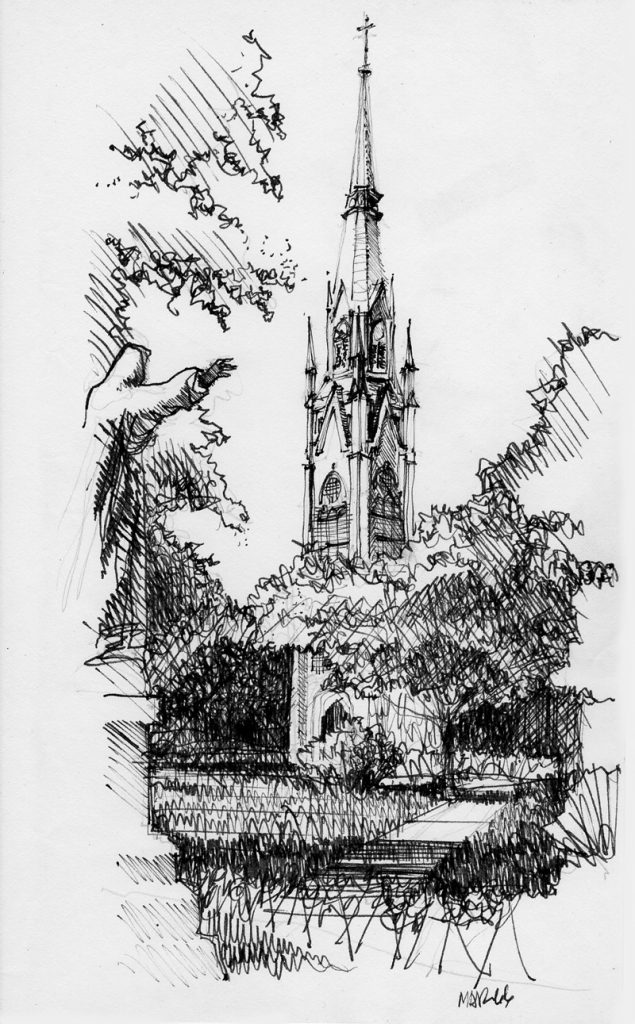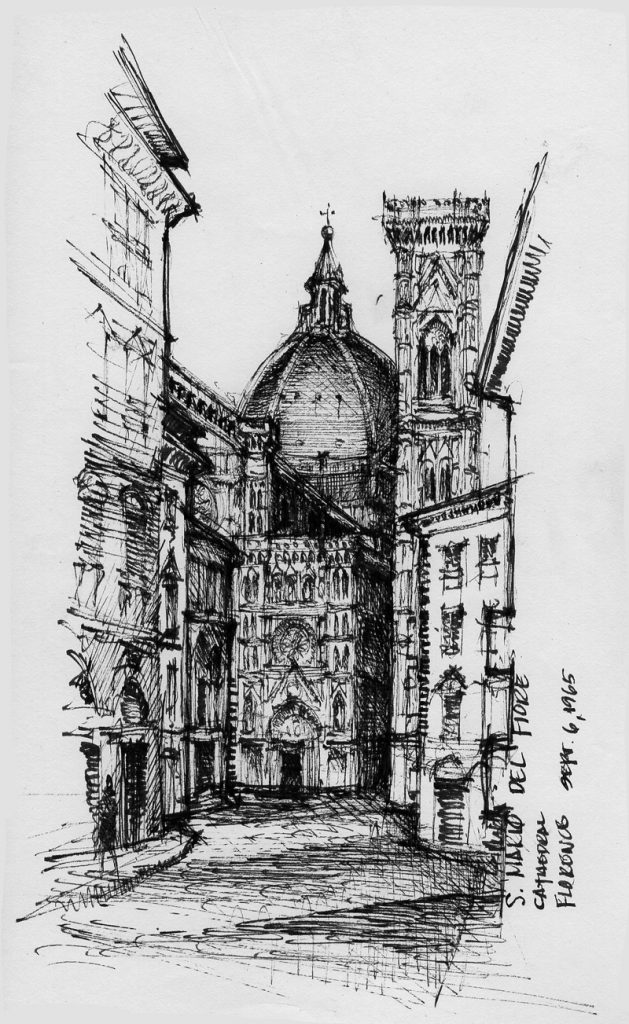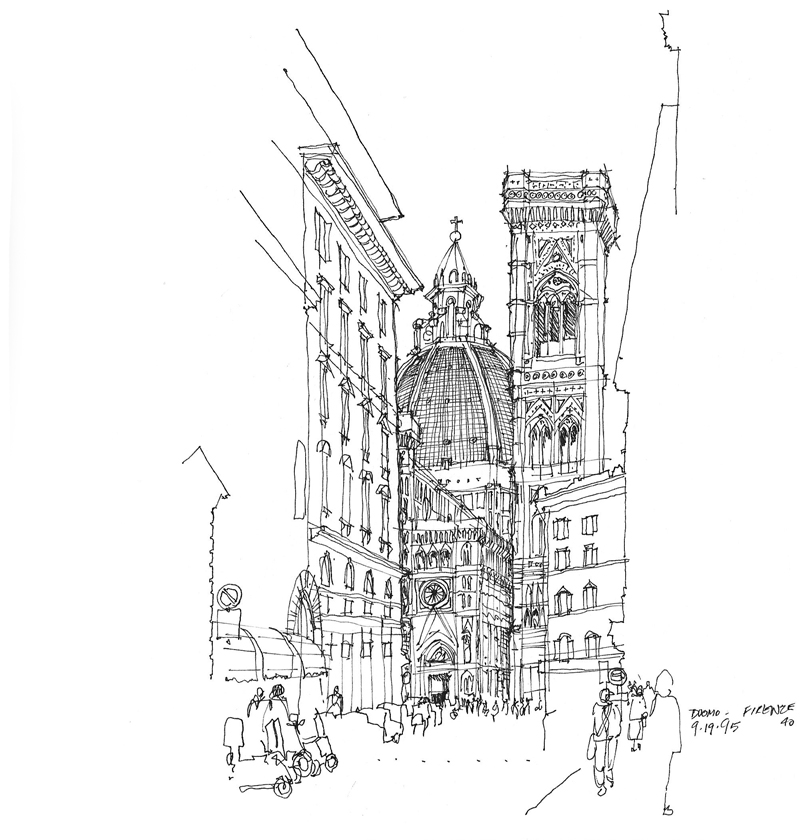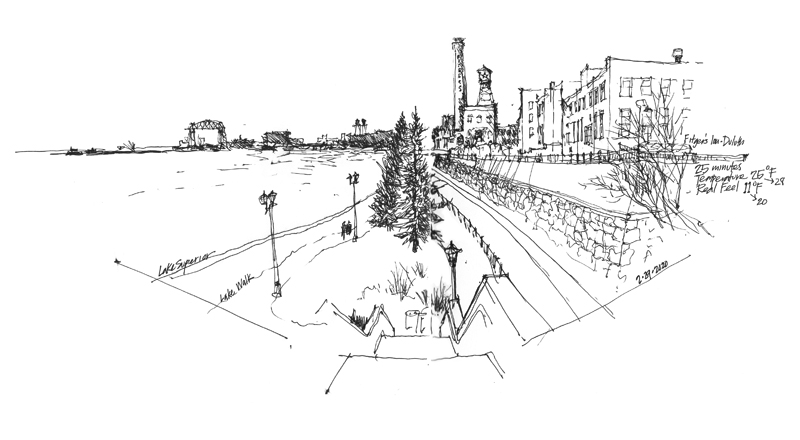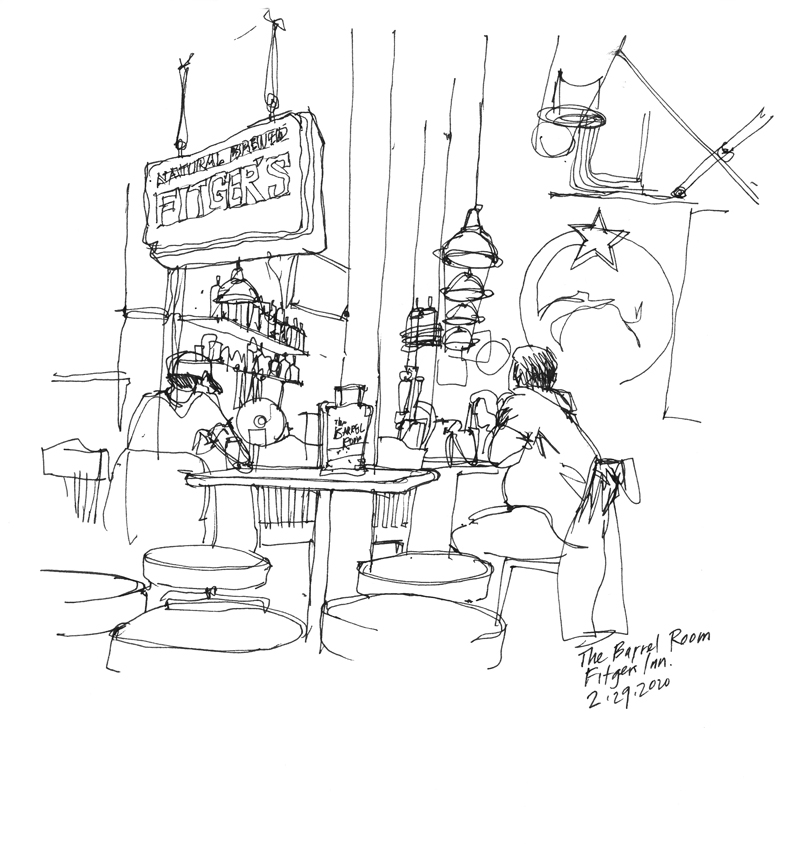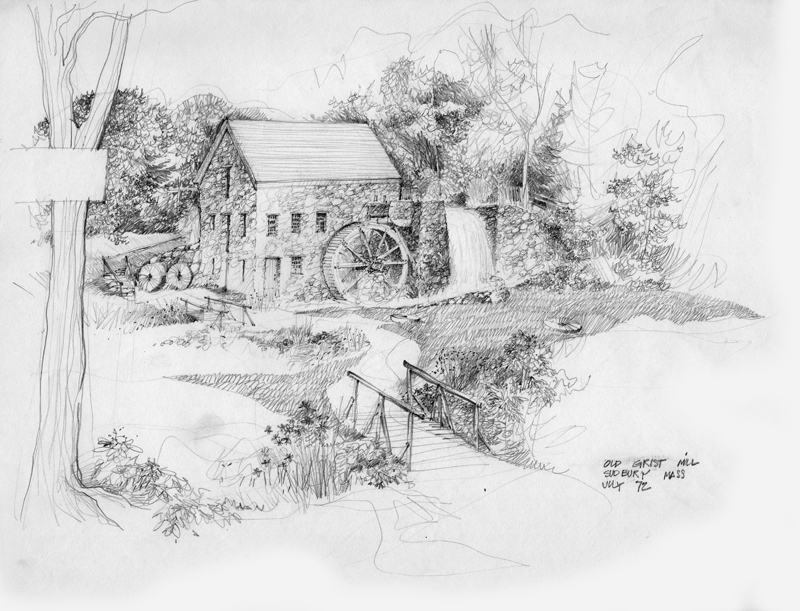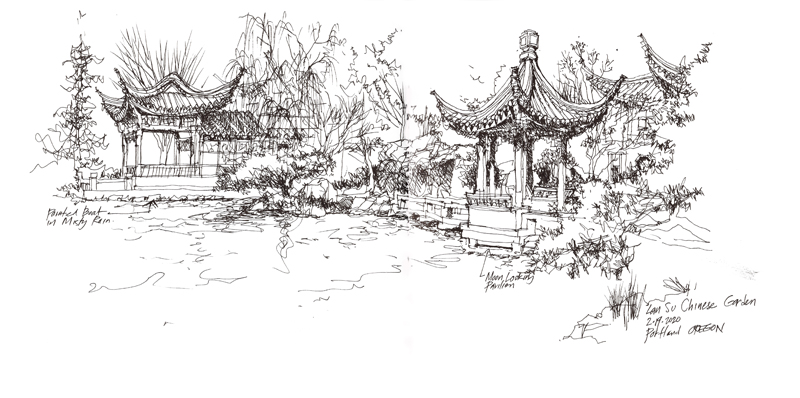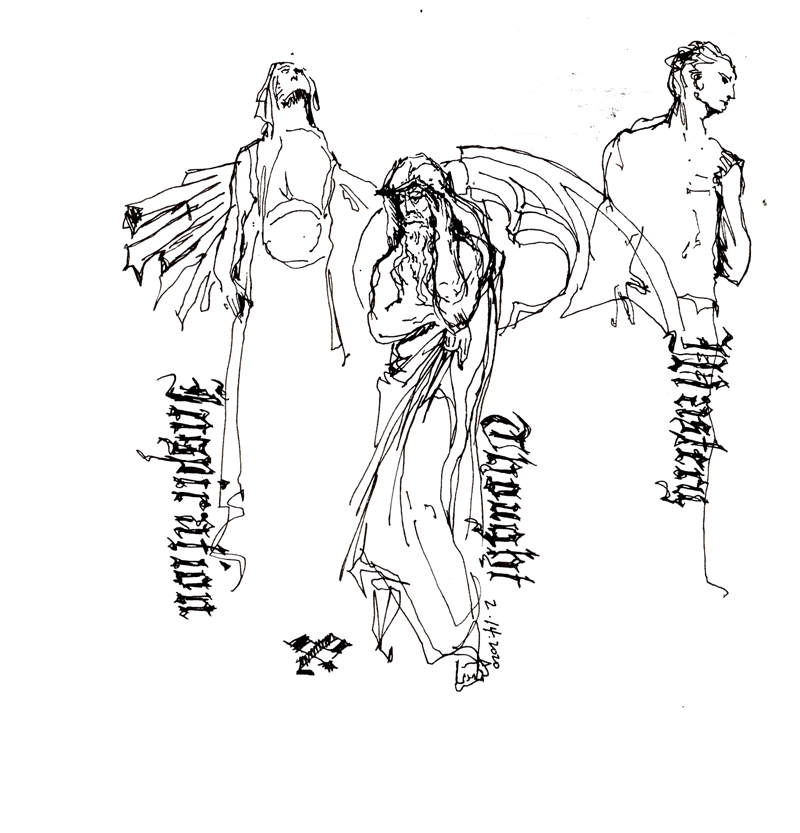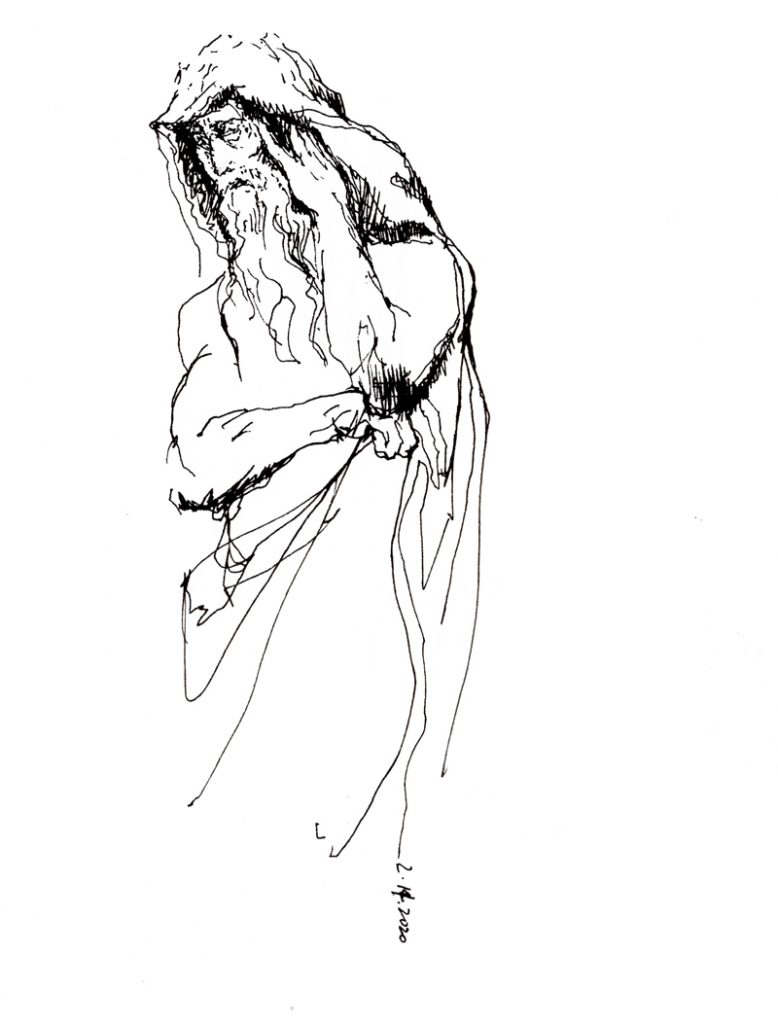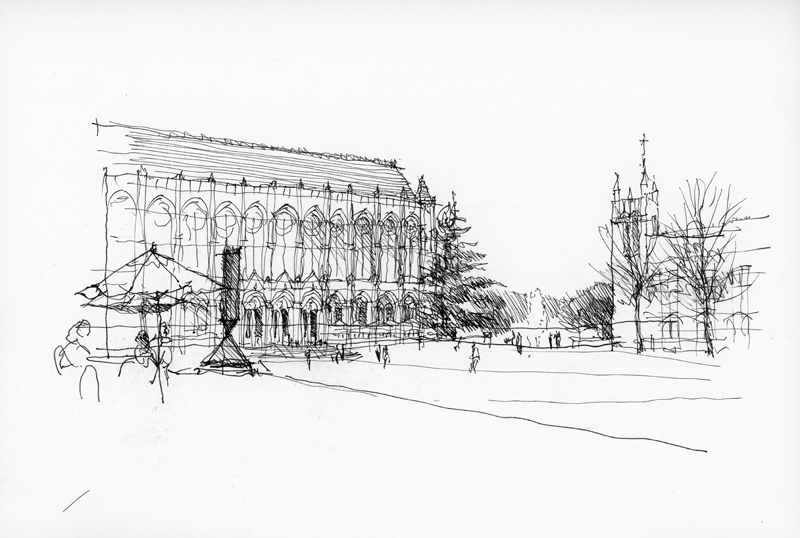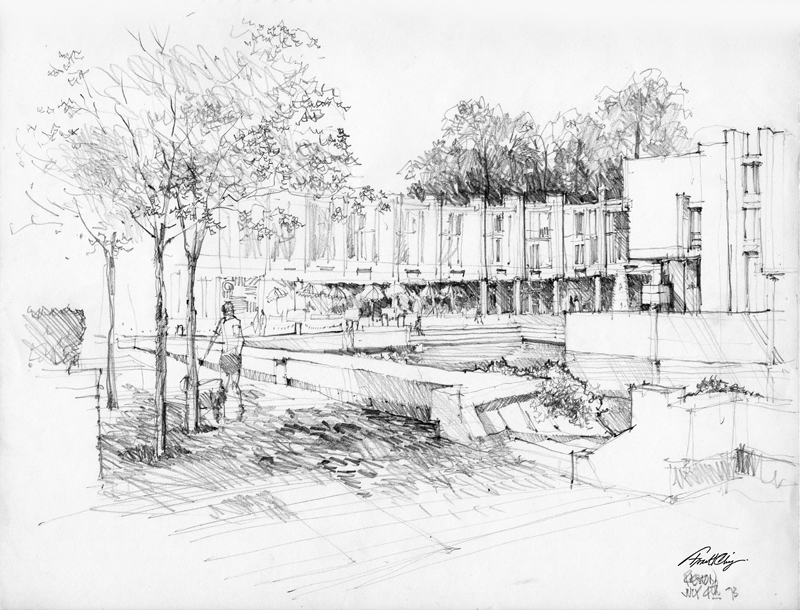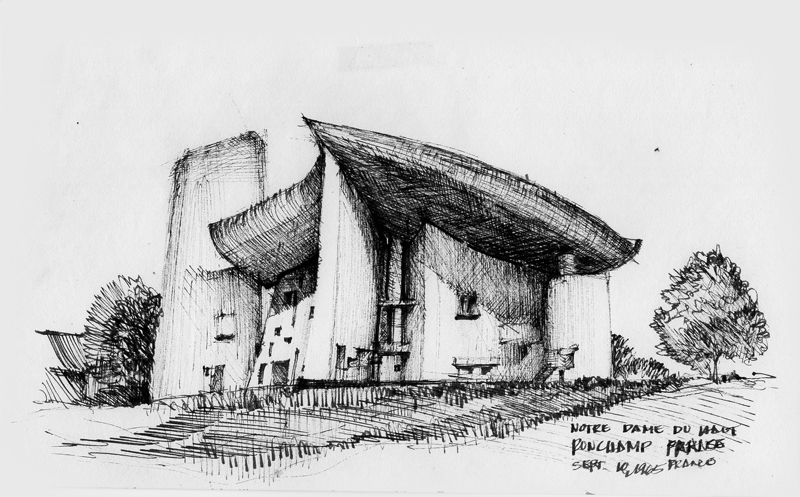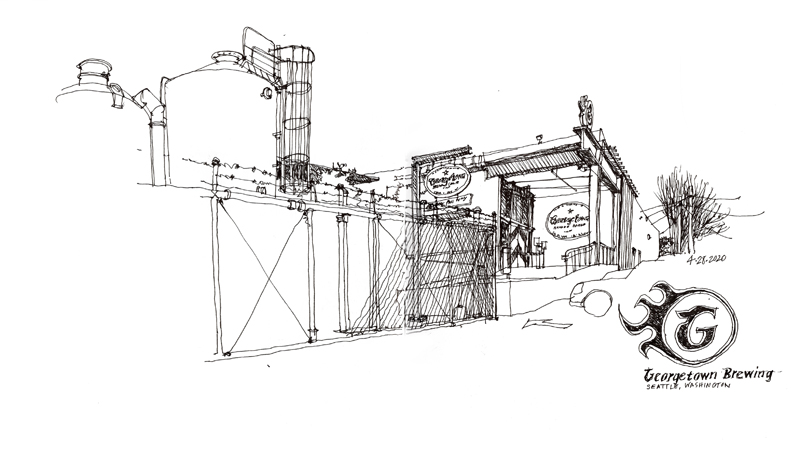
Roger Bialous and Manny Chao began brewing test batches of pale ales in 2002 and their Georgetown Brewing Company delivered the first kegs of their namesake Manny’s Pale Ale in 2003. Their brewery was first housed in the old Seattle Brewing and Malting building in, of course, the Georgetown neighborhood of Seattle. In 2012, they moved to new headquarters, brewery, and warehouse on nearby Denver Avenue South (shown above). A taproom offering 24 taps opened recently but is currently closed due to the coronavirus pandemic. While Georgetown Brewing first produced draft-only beers, they now can a few select brews – Manny’s Pale Ale, Lucille IPA, Roger’s Pilsner, and my personal favorite, Bodhizafa IPA.

